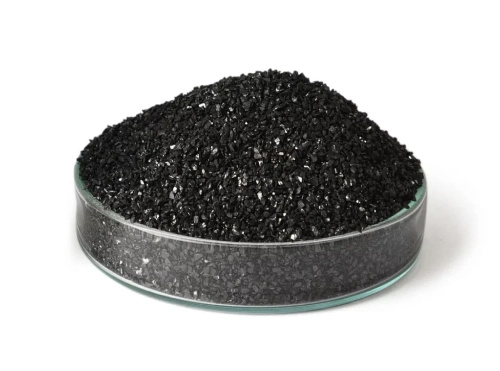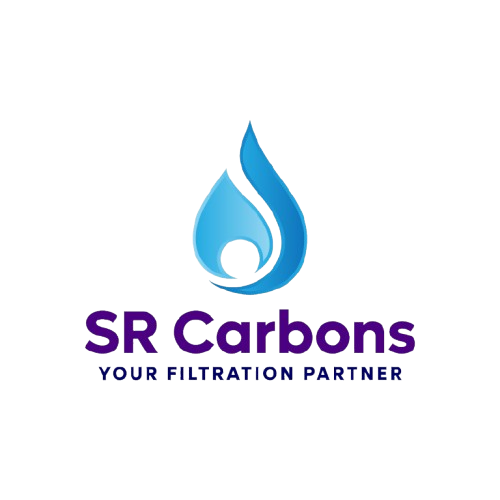Anthracite Filter Media is a natural filtration material made from high-quality, hard coal (anthracite). It is widely used in multi-media water filters alongside sand, gravel, and activated carbon. With its angular shape, high hardness, and large surface area, anthracite provides efficient sediment filtration, while activated carbon ensures adsorption of organic impurities, odor, and color.

Uses & Benefits
Removes turbidity, suspended solids, organics, and chlorine.
Cooling towers, boilers, process water systems.
Ensures safe, clear, and great-tasting water.
Removes contaminants before safe discharge or reuse.
Used in multi-layer filters for clean water.
Key Benefits:
- ✓ High durability and long filter life
- ✓ Lower pressure drop & higher filtration rates than sand alone
- ✓ Works in combination with activated carbon for enhanced purification
- ✓ Backwash-friendly and reusable
Industries We Serve
🔹 Iodine Value
The iodine value measures the adsorption capacity of activated carbon (part of the filtration media).
Typical Range: 600 – 1000 mg/g
600–800 mg/g (Basic Grade)
Suitable for general water treatment.
900–1000 mg/g (High Grade)
Ideal for drinking water, food, and pharmaceutical purification.
(Anthracite itself is a physical filter media and does not have iodine value — the iodine value applies to the activated carbon layer used alongside it.)
Mesh Size
Anthracite Filter Media
Common particle sizes: 0.6 – 2.5 mm
- • Larger size → better sediment filtration, higher flow rates
- • Hard, angular grains provide long service life and easy backwashing
Activated Carbon (in combination)
Balanced, used in water treatment filters
Fine, high adsorption efficiency (drinking water, food, pharma)
Very fine, for specialized purification applications
